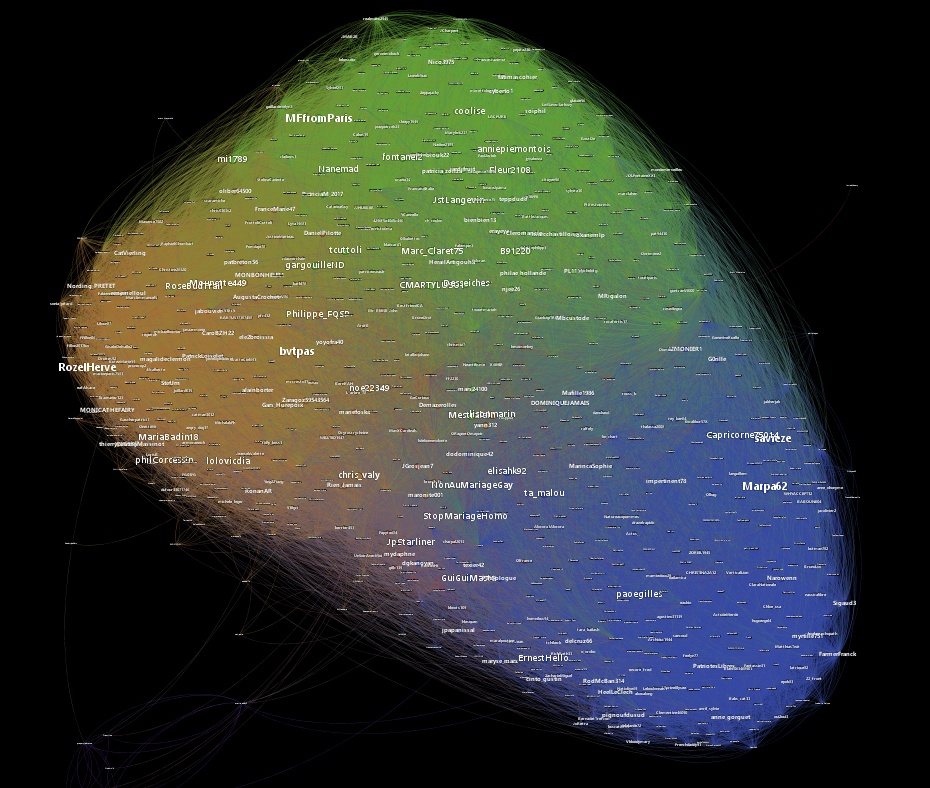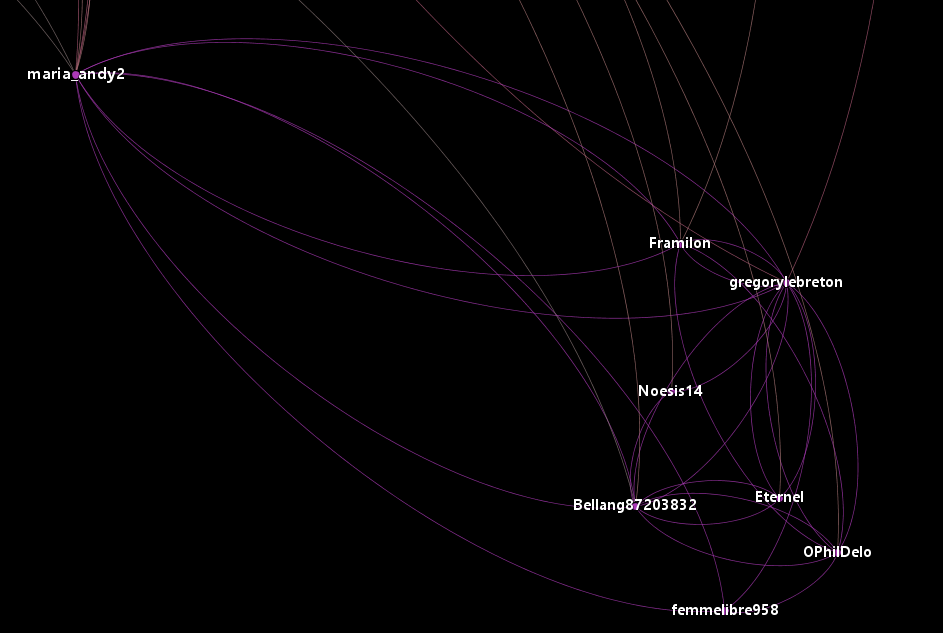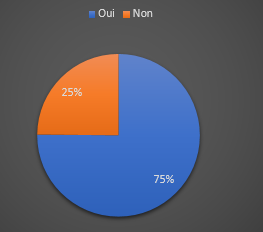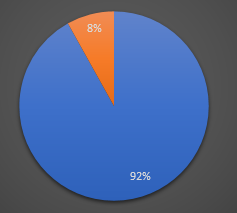Sommaire
Who spread the main rumours about the French presidential election?

Many rumours emerged during the presidential election. This raises the question of which communities are at work in spreading them. Like my investigations into the rumour that Macron was financed by Saudi Arabia and the Cahuzac Macron rumour, it is very difficult to isolate the origin of a rumour. The only possibility we have is to look at the accounts that are spreading the rumours. After a fairly thorough examination, we can say that the rumours are mainly spread by accounts in the patriosphere, a group of players that includes supporters of Nicolas Sarkozy, Marine Le Pen, François Fillon and what is known as the 'cathosphere'. Analysis with Visibrain.
I. Methodological introduction.
I have isolated the rumours that marked the presidential election. To do this, I used the Crosscheck platform, which collects rumours. I only took into account rumours that were completely false, easily isolated on Twitter and that concerned a presidential candidate. That gives me a corpus of rumours made up of :
- François Fillon, cleared by the courts. (And the media aren't talking about it)
- Macron is going to install Sharia law in Mayotte.
- Macron will introduce a tax on landlords' rents.
- Jean-Luc Mélenchon is wearing a Rolex.
- Emmanuel Macron is financed by Saudi Arabia.
- Emmanuel Hollande. (Before he was taken over by François Fillon)
- Ali Juppé
- Macron would be Homosexual
- Macron Cahuzac
I semantically isolated all the rumours on Twitter and composed corpora for each rumour. I collected all the occurrences that came up repeatedly. Of these 9 rumours, I included all those who had passed on at least 3.
II. Community diagram
I then questioned the way in which they followed each other. This is shown in the following diagram. Each dot you see represents a Twitter account connected by links representing the fact that they follow each other. The bigger the dot, the more rumours the actor has spread. The minimum is 3, the maximum 7. Each colour represents a community based on the fact that they follow each other particularly closely. (Clustering algorithm) This other map shows the influential accounts in the ecosystem. (The fact that a player is followed by others in the graph)
This other map shows the influential accounts in the ecosystem. (The fact that a player is followed by others in the graph) The small community on the bottom right is in fact accounts close to Emmanuel Macron that were quickly active to disprove the rumours.
The small community on the bottom right is in fact accounts close to Emmanuel Macron that were quickly active to disprove the rumours. The breakdown of communities is as follows:
The breakdown of communities is as follows:
The majority of communities are therefore Front National activists, followed by Fillonistes and Sarkozystes. The latter two, taken together, outnumber the Front National. What's also particularly interesting is that when we cross-reference the accounts with my list of the 6,000 most active accounts for retweeting or mentioning Sputnik and Russia Today, we get quite significant correspondence rates, since 75% of the list are also those active around Russian propaganda.
The promotion of accounts that have spread at least 3 rumours that are on the most active list for Russian propaganda.
 If we take those that have spread at least 5 rumours, the rate of accounts spreading rumours and being among the most active in Russian propaganda rises to 92%.
If we take those that have spread at least 5 rumours, the rate of accounts spreading rumours and being among the most active in Russian propaganda rises to 92%. 
III. Who are they? What do they share?
I then asked the Visibrain panel about all the tweets relating to the presidential election. (Mentioning all the candidates or campaign slogans) At just 800 years old, they had accumulated no less than 1 million tweets in two months, if we take into account the RTs generated by their tweets. While they support their candidate, the word they tweeted most was Macron. Ahead of mentions of Fillon or #JeVoteFillon slogans.
While they support their candidate, the word they tweeted most was Macron. Ahead of mentions of Fillon or #JeVoteFillon slogans. This crusade against Emmanuel Macron is also reflected in the hashtags:
This crusade against Emmanuel Macron is also reflected in the hashtags:
For example, Macron is still the leading hashtag ahead of #JeVoteFillon #FillonPresident, #Fillon2017 or MarineLepen. We find one of the attacks used in the corpus (#EmmanuelHollande) and #impostureMacron or #macreux, or even #MacronPiègeàcons.
 The top tweets in the sample included many FandeTVs attacking Macron and tweets from François Fillon's official campaign account. Unsurprisingly, the top mentions were as follows:
The top tweets in the sample included many FandeTVs attacking Macron and tweets from François Fillon's official campaign account. Unsurprisingly, the top mentions were as follows: The most-tweeted sites included Le Figaro, Frdesouche, Valeurs actuelles, the Fillon2017 campaign site and Boulevard Voltaire. A mix of traditional media and conspiracy media.
The most-tweeted sites included Le Figaro, Frdesouche, Valeurs actuelles, the Fillon2017 campaign site and Boulevard Voltaire. A mix of traditional media and conspiracy media.
Conclusions
It is difficult to say that the rumours originate from the people identified. The hypothesis is that these accounts are strongly structured around anti-Macron propaganda and that in the exercise of this propaganda, all articles, false or true, serve to feed the machine. These accounts are therefore on a crusade and are instrumentalised in the fabrication of fake news by accounts as we have seen in the fabrication of false information such as the financing by Saudi Arabia or the Cahuzac/Macron rapprochement. In this expedition, there are alliance strategies between Fillonist, Sarkozyist, Lepenist and Cathosphere accounts. These are the same accounts that also propagate the news seen by RT and Sputnik. That's all we can say on the basis of this analysis, which shows once again how complex it is to combat the spread of false information when it is so difficult to identify the source of the false information.



